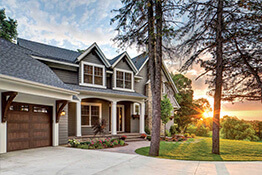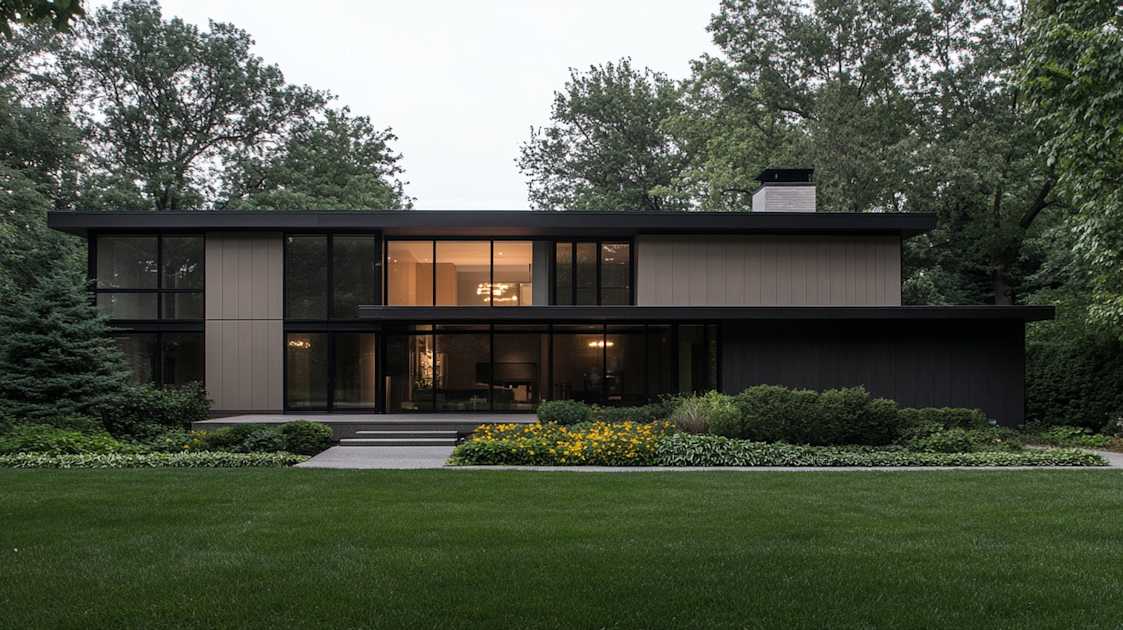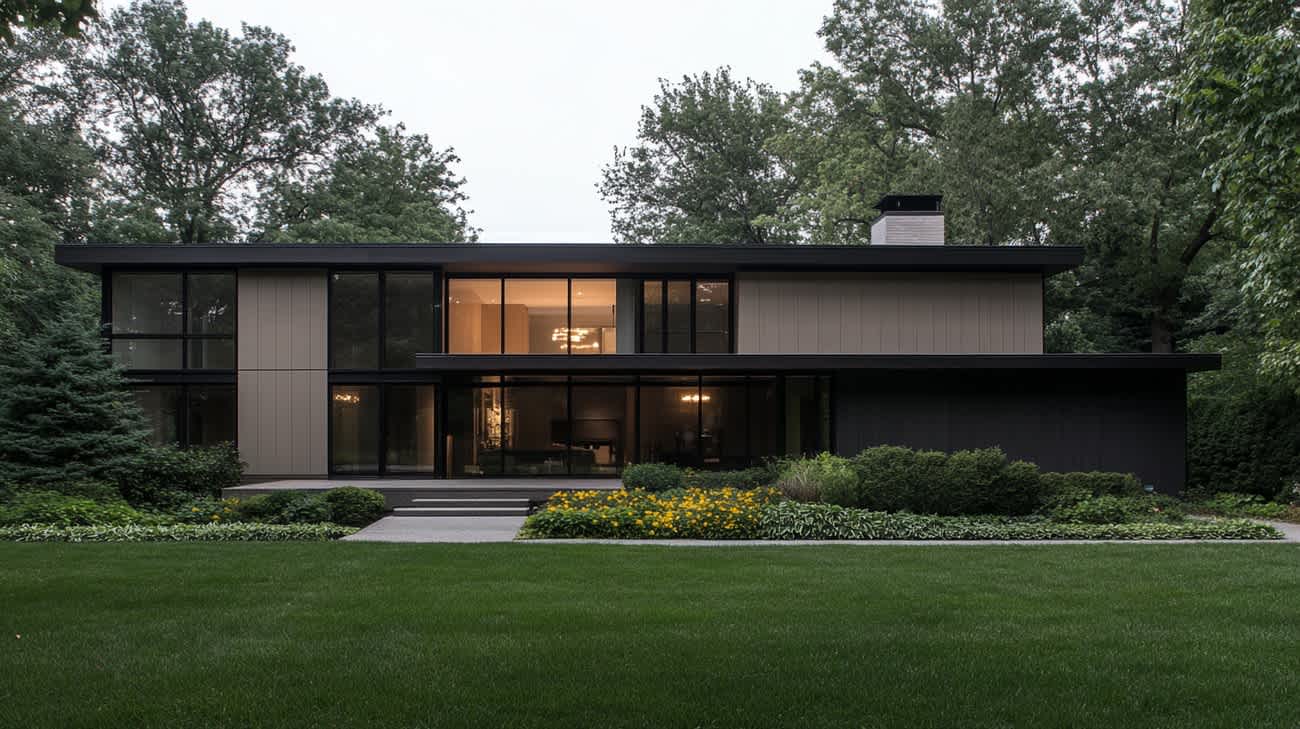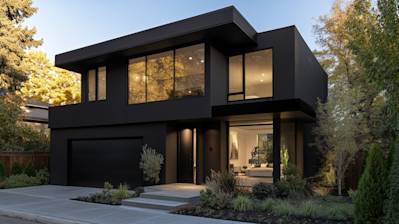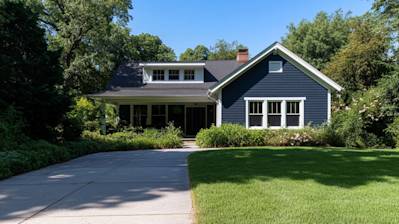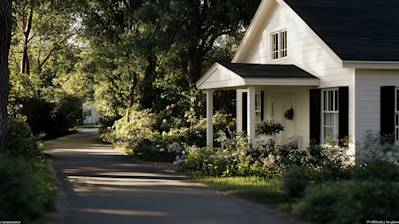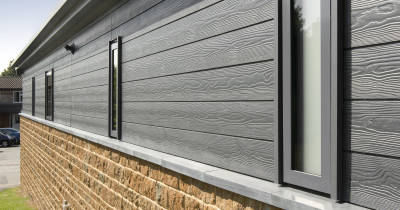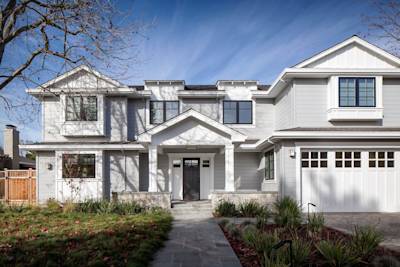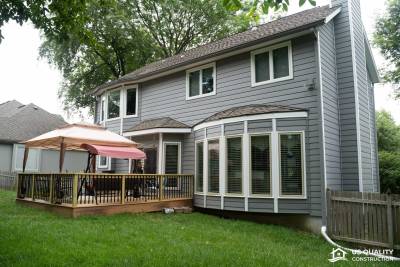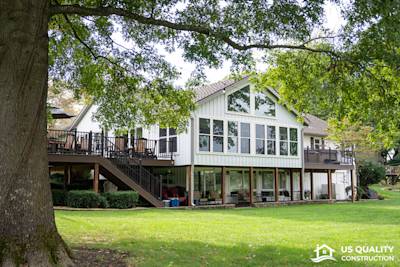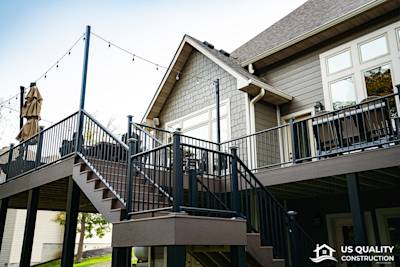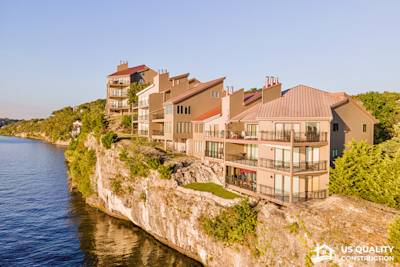An essential part of making a house visually appealing and increasingly durable is choosing the right siding. Over the years, various types of siding materials have been used in construction, each offering unique aesthetic and protective qualities. One such material that has gained attention in recent years is cement board siding.
Understanding Cement Board Siding
Often referred to as fiber cement siding, cement board siding is a type of house siding that provides a perfect balance between performance, aesthetics, and cost-effectiveness. Made from cellulose fibers, sand, and cement, this type of siding is popularly recognized for its high durability, resistance to elemental forces, and its aesthetic versatility.
Delving Into the Manufacturing Process
Cement board siding undergoes an intricate manufacturing process, ensuring it remains robust and durable while providing visual charm for all types of home exteriors.
Raw Material Selection: The first step involves selecting high-quality raw materials - cellulose fibers, cement, and sand.
Mixing: These materials are mixed together under specific conditions to form a slurry.
Rolling: The slurry is then rolled out into flat sheets which are cured to create the cement board.
Cutting and Finishing: Finally, the cured sheets are cut into standard siding sizes, treated for increased durability, and painted or finished according to the design preference.
Notable Brands in Cement Board Siding
In the world of construction, certain brands have created a name for themselves when it comes to cement board siding. Companies such as James Hardie and CertainTeed are renowned for their high-quality fiber cement siding. They offer a comprehensive range of colors and finishes, allowing homeowners to achieve versatile aesthetics.
Identifying the Need for Cement Board Siding
There are several reasons why many homeowners prefer cement board siding over other siding materials. Here are some key points that cement its popularity:
Durability: Cement board wall cladding withstands weather elements like wind, rain, and hail, and is also resistant to rot or termite damage.
Fire resistance: This material is non-combustible, providing an extra layer of protection against potential fire hazards.
Longevity: If properly installed and maintained, cement board siding can last for decades with very little need for replacement.
Visual Appeal: Available in a wide range of finishes and colors, it allows for creative expression, complementing various architectural styles.
The Installation of Cement Board Siding
Installing cement board siding requires an understanding of the material and considerable skills.
Planning: Once you've decided on the design, size, and color of your siding, detailed measurements of your exterior walls are taken to determine the quantity of material required.
Preparation: The exterior walls are prepped by removing old siding, repairing any damage, and installing a water-resistant barrier.
Installation: The cement board siding is affixed to the exterior wall using nails or screws. It's crucial to ensure the boards are adequately spaced and lined up perfectly to provide a streamlined finish.
Finishing: The last step involves applying caulk around doors, windows, and intersections to seal any gaps.

Frequently Asked Questions about Cement Board Siding
How does Cement Board Siding compare to other siding materials?
Compared to other siding materials, cement board siding is more durable, waterproof, fireproof, and termite-resistant. Its ability to mimic the appearance of other materials such as wood or stone also gives it an aesthetic edge over other options. This siding is also highly versatile, available in smooth or textured finishes, flat or staggered panels, and a wide range of colors.
Is Cement Board Siding an environmentally-friendly option?
Yes, compared to some alternative products, cement board siding can be considered more environmentally friendly. Mostly because it's made from sustainable resources like sand and wood pulp. Additionally, its long lifespan means that it doesn't have to be replaced as frequently, which reduces waste.
Can I install Cement Board Siding myself?
While possible, installing cement board siding can be a complex process that requires specialized experience and tools. It’s typically heavier than other types of siding, which can make the installation process more challenging. If you do decide to attempt a DIY installation, make sure you’re familiar with the manufacturer's instructions and safety guidelines to minimize any risk of injury or incorrect installation.
How should I maintain my Cement Board Siding?
Cement board siding is known for its low-maintenance characteristics. Generally, it only needs to be cleaned with a high-pressure hose once or twice a year to keep it looking fresh. Touch-up paint may be necessary from time to time in areas where the finish has chipped or faded.
What is the expected lifespan of Cement Board Siding?
One of the most significant benefits of cement board siding is its longevity. With proper installation and minimal maintenance, it can last up to 50 years or more, making it a potentially lifelong investment for your home.
Is it necessary to paint Cement Board Siding?
While it's not necessary, painting your cement board siding can help enhance its appearance and match your home's aesthetic better. Many types of cement board siding come pre-primed or pre-painted, but you can opt for unpainted versions if you prefer to pick your color. Remember, if you choose to paint it yourself, you need a suitable paint that adheres to cement surfaces.
Does Cement Board Siding increase the value of my home?
Yes, due to its durability, low maintenance requirements, and aesthetic appeal, cement board siding can enhance your home's resale value. Its ability to resist harsh weather, fire, and insects may also make your home more attractive to potential buyers.
How much does Cement Board Siding cost?
Costs for cement board siding can vary significantly based on factors like the brand, style, finish, and installation. On average though, you can expect to pay between $6 and $11 per square foot, including installation. Despite the higher upfront cost compared to other siding options, its longevity and low maintenance could result in substantial long-term savings.
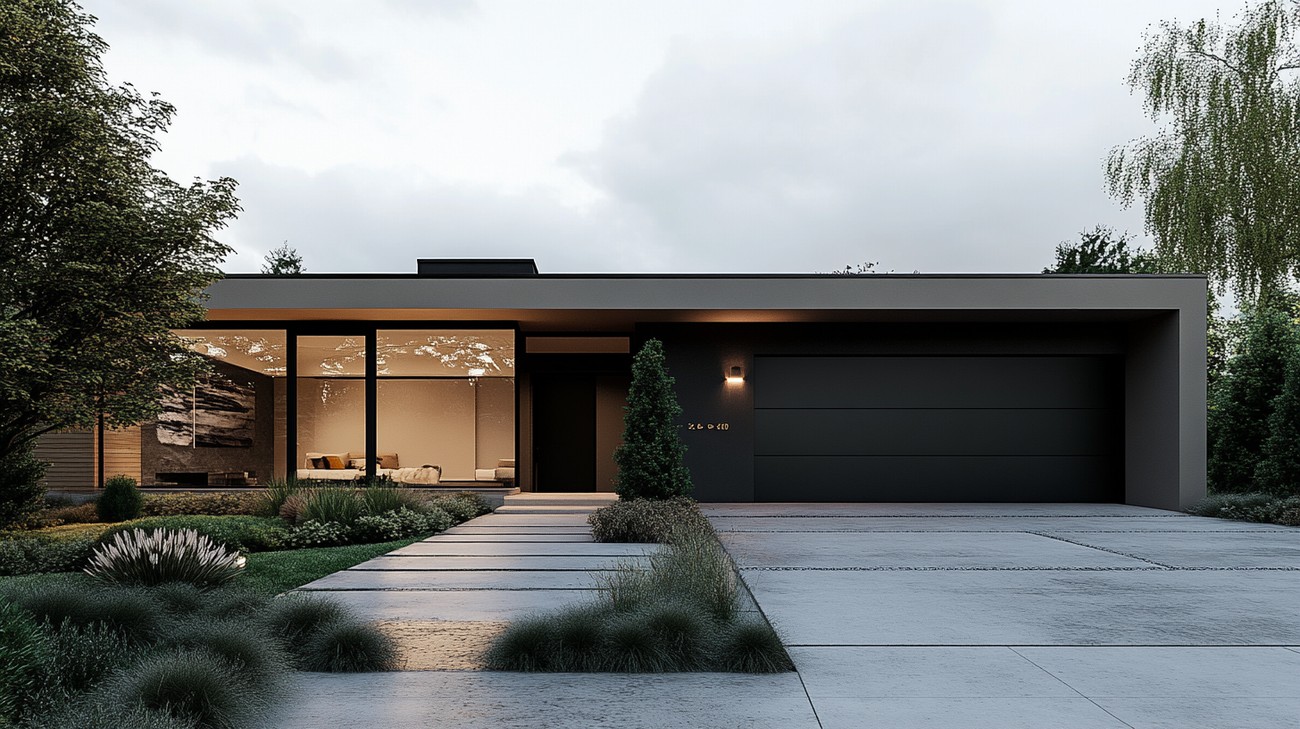
Pros of Cement Board Siding
Durability
Storm Resistance
One of the major benefits of cement board siding is its sturdiness. Indeed, the material is specifically designed to withstand harsh conditions, making it ideal for climates where heavy snow, rain, hail and strong winds are common occurrences. It doesn't warp, rot or become afflicted by pests.
Fire Resistant
Cement board siding also presents a very low risk of catching on fire as it is highly resistant to high temperatures.
Resistance to Pests and Rot
Cement board siding is highly resilient to pests, like termites, and rot, thereby diminishing long-term maintenance costs.
Low Maintenance
Cement board siding requires minimal upkeep to keep its aesthetics and durability. A fresh paint job every 10-15 years will maintain its beauty and sturdiness.
Aesthetics
Cement board siding is versatile in terms of aesthetics. It can mimic the appearance of different types of materials, including wood, stucco and masonry, providing homeowners with a wide array of options to complement their home's architectural style.
Longevity
Combining durability with lower maintenance requirements generally results in a longer lifespan. Cement board siding can last for decades, outlasting other common siding materials such as vinyl and wood.
Cons of Cement Board Siding
Installation
Although cement board siding offers myriad advantages, installation can be quite a hassle. The process generally requires professional assistance due to the weight of the material, the special tools involved, and the expertise required to cut the panels accurately.
Cost
Upfront, the cost of cement board siding tends to be higher than other materials. This is due to the cost of the product itself, as well as the added labor cost due to its complex installation process.
Possibility of Moisture Damage
While cement board siding is generally durable and resistant to various types of damage, it is not completely impervious to moisture-related issues. If not properly installed or sealed, it can allow water to penetrate, which can result in potential damage over time.
Weight
The weight of cement board siding can be a major disadvantage. This requires more manpower during the installation process and may even need structural reinforcement of your home's framework before installation.
Hard to Repair
While the longevity of cement board siding is undoubtedly a boon, when it does sustain damage, it can be notably difficult to repair. This is due to the fact that patches often fail to blend in seamlessly with the original siding, which can lead to a lackluster appearance.
Not Environmentally Friendly
While cement board siding performs admirably in terms of longevity and durability, it's not the most eco-friendly choice. The production process of cement board involves high levels of CO2 emissions, contributing to greenhouse gases.
In conclusion, as with any other material, cement board siding comes with its own set of pros and cons. Homeowners need to consider these factors to decide whether it's a good fit for their homes.

Myths and Misconceptions about Cement Board Siding
It’s a common practice to rely on information passed down through generations or shared among communities when making judgments about construction materials. Unfortunately, this often results in the spreading of myths or misconceptions about certain materials, such as cement board siding - a popular option for home and commercial property exteriors. This section sets the record straight and debunks some of the myths about cement board siding.
Cement Board Siding is Too Expensive
One common misconception is that cement board siding is significantly more expensive than other siding options. While it's true that the initial cost of cement board siding can be higher than vinyl or wood, it's vital to consider long-term costs. Cement board siding requires less maintenance compared to other materials, not needing regular painting or staining, and is resistant to pests and rot. When considering the lifespan of the product, cement board siding can end up being more cost-effective.
Cement Board Siding is Difficult to Install
Another myth is that cement board siding is difficult to install. While it's heavier than vinyl and requires special handling to prevent damage, experienced contractors should have no trouble installing it successfully. There really is no significant difference in the difficulty of installation when compared to other siding material. Moreover, its durability and longevity can lead to fewer installation-related issues down the line.
All Cement Board Siding Looks the Same
The belief that all cement board siding has a uniform, unchangeable appearance is widespread. In reality, cement board siding comes in a variety of colors, textures, and styles. It can be made to mimic the appearance of wood, stone, or brick, adding a touch of sophistication to your building’s exterior. This material doesn’t limit the aesthetics of your property; it enhances them.
Cement Board Siding is Not Environmentally Friendly
Some people believe that cement board siding has a negative impact on the environment due to its manufacturing process. But, cement board siding is actually known for its sustainability. The creation of cement produces less carbon dioxide compared to other materials like vinyl or aluminum, and because it lasts longer, it's less likely to end up in a landfill.
Only Few Regions Benefit from Cement Board Siding
Another misconception is that cement board siding is only beneficial in certain regions. This is untrue as cement board siding performs well in various weather conditions – from extreme heat to severe cold. Its fire-resistance makes it an excellent choice in areas prone to wildfires, while its durability allows it to stand up against harsh winters and direct exposure to sun without damage or fading.
Cement Board Siding Harbors Moisture
There’s a rumor that cement board siding traps moisture, leading to potential problems like mold and mildew growth. However, if properly installed with a weather-resistant barrier, cement board siding effectively drains moisture away, keeping your home dry and protected.
Cement Board Siding Requires Frequent Painting
One common myth is that cement board siding needs frequent repainting. Unlike wood, cement board siding maintains its color for a long time and does not require frequent paint touch-ups.
Cement Board Siding isn't Durable
Yet another misconception is that cement board siding isn’t durable. In reality, cement board siding is very durable. It's resistant to fire, rot, insects, and harsh weather conditions. It won't warp, buckle or fade the way vinyl or wood siding does. When installed correctly, and with regular maintenance, cement board siding can last for several decades.
Now, having dispelled some of the common myths about cement board siding, it's easy to see why it's increasingly becoming the material of choice for those seeking a durable, versatile, and cost-effective option for their building’s exterior. It’s always wise to have the correct information before making important decisions about materials and designs so you can make the choice that best suits your specific needs and preferences.
Summary
So, if you're looking for a tough, durable, and low-maintenance siding, cement board siding is definitely one to consider. It doesn't warp or rot, and it holds paint well - no more constant touch-ups or repainting! Not only is it long-lasting, but it also has great curb appeal and can mimic the look of wood and other materials.
But remember, it's not just about looks or longevity. It's about protection too. Cement board siding offers an excellent barrier against various elements, including harsh weather conditions or pesky insects. In the long run, this sturdiness can save you a lot of bucks that you might otherwise have spent on maintenance and repairs.
Lastly, it's clear that cement board siding provides a variety of benefits for homeowners. But, it's also eco-friendly, made from sustainable materials. It's a win-win not just for you as a homeowner, but the environment too! So, if you're looking to go green with your housing materials, cement board siding could be the right option for you.
About US Quality Construction
US Quality Construction is a proud Kansas City, MO-based company specializing in delivering impeccable construction services. With a track record of strong project prowess and unwavering commitment to quality, we strive to deliver an unmatched construction experience. Whether it's residential or commercial construction, our team of seasoned professionals is an embodiment of hard work, dedication, and craftsmanship. At US Quality Construction, we take immense pride in our roots — reflective in our name — we're not just in Kansas City, we're a part of it. We're thrilled to continue serving and shaping our local community, one building at a time. We don't just build structures, we build relationships, founded on trust, transparency, and a mutual love for quality construction.
Tags: building material, exterior siding, home improvement,
